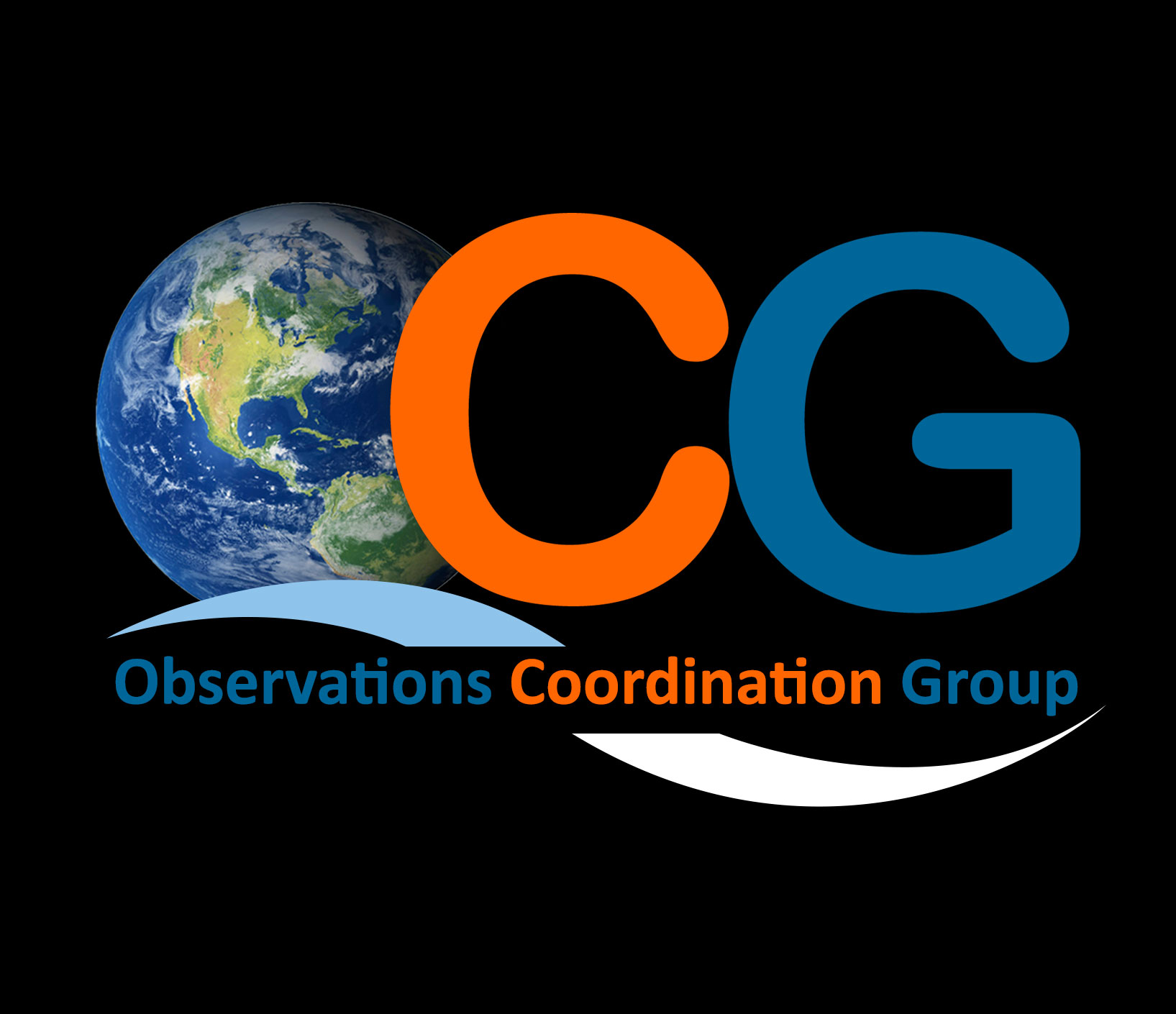
Easier Access To GOOS Data

Brought to you by GOOS OCG
 |
ERDDAP
Easier Access To GOOS Data |
| 
Brought to you by GOOS OCG |

| Dataset Title: | OSMC Profiles


|
| Institution: | OSMC (Dataset ID: OSMCV4_DUO_PROFILES) |
| Range: | longitude = -180.0 to 180.0°E, latitude = -89.0 to 89.0°N |
| Information: | Summary  | License
| License  | FGDC
| ISO 19115
| Metadata
| Background
| FGDC
| ISO 19115
| Metadata
| Background | Subset
| Data Access Form
| Subset
| Data Access Form
|
Click on the map to specify a new center point.

Zoom:
![[The graph you specified. Please be patient.]](https://osmc.noaa.gov/erddap/tabledap/OSMCV4_DUO_PROFILES.png?longitude,latitude,ztmp&time%3E=2024-04-13T00%3A00%3A00.000Z&time%3C=2024-04-20T00%3A00%3A00.000Z&.draw=markers&.marker=5%7C5&.color=0x000000&.colorBar=%7C%7C%7C%7C%7C&.bgColor=0xffccccff)
|
Attributes {
s {
platform_code {
String cf_role "profile_id";
String ioos_category "Identifier";
String long_name "PLATFORM CODE";
}
platform_type {
String ioos_category "Identifier";
String long_name "PLATFORM TYPE";
}
country {
String ioos_category "Statistics";
String long_name "COUNTRY";
}
time {
String _CoordinateAxisType "Time";
String axis "T";
String ioos_category "Time";
String long_name "OBSERVATION DATE";
String standard_name "time";
String time_origin "01-JAN-1970 00:00:00";
String time_precision "1970-01-01T00:00:00.000Z";
String units "seconds since 1970-01-01T00:00:00Z";
}
longitude {
String _CoordinateAxisType "Lon";
Float64 actual_range -180.0, 180.0;
String axis "X";
Float64 colorBarMaximum 180.0;
Float64 colorBarMinimum -180.0;
String ioos_category "Location";
String long_name "Longitude";
String standard_name "longitude";
String units "degrees_east";
}
latitude {
String _CoordinateAxisType "Lat";
Float64 actual_range -89.0, 89.0;
String axis "Y";
Float64 colorBarMaximum 90.0;
Float64 colorBarMinimum -90.0;
String ioos_category "Location";
String long_name "Latitude";
String standard_name "latitude";
String units "degrees_north";
}
depth {
String _CoordinateAxisType "Height";
String _CoordinateZisPositive "down";
String axis "Z";
String ioos_category "Location";
String long_name "OBSERVATION DEPTH";
String positive "down";
String standard_name "depth";
String units "m";
}
ztmp {
String ioos_category "Temperature";
String long_name "profile water temperature";
String standard_name "sea_water_temperature";
String units "Deg C";
}
zsal {
String ioos_category "Salinity";
String long_name "Sea Water Salinity";
String standard_name "sea_water_salinity";
}
sea_water_elec_conductivity {
Float64 colorBarMaximum 40.0;
Float64 colorBarMinimum 30.0;
String ioos_category "Salinity";
String long_name "Sea Water Electrical Conductivity";
String standard_name "sea_water_electrical_conductivity";
String units "S m-1";
}
sea_water_pressure {
String ioos_category "Pressure";
String long_name "sea water pressure";
String std_name "sea_water_pressure";
String units "dbar";
}
northward_sea_water_velocity {
String ioos_category "Currents";
String long_name "northward sea water velocity";
String standard_name "northward_sea_water_velocity";
String units "m s-1";
}
eastward_sea_water_velocity {
String ioos_category "Currents";
String long_name "eastward sea water velocity";
String standard_name "eastward_sea_water_velocity";
String units "m s-1";
}
upward_sea_water_velocity {
String ioos_category "Currents";
String long_name "upward sea water velocity";
String standard_name "upward_sea_water_velocity";
String units "m s-1";
}
}
NC_GLOBAL {
String cdm_data_type "Profile";
String cdm_profile_variables "platform_code,platform_type,country,longitude,latitude";
String Conventions "COARDS, CF-1.6, Unidata Dataset Discovery v1.0";
String creator_name "PMEL";
String creator_url "www.osmc.noaa.gov";
Float64 Easternmost_Easting 180.0;
String featureType "Profile";
Float64 geospatial_lat_max 89.0;
Float64 geospatial_lat_min -89.0;
String geospatial_lat_units "degrees_north";
Float64 geospatial_lon_max 180.0;
Float64 geospatial_lon_min -180.0;
String geospatial_lon_units "degrees_east";
String geospatial_vertical_positive "down";
String geospatial_vertical_units "m";
String history
"2024-04-19T17:38:38Z (source database)
2024-04-19T17:38:38Z https://osmc.noaa.gov/tabledap/OSMCV4_DUO_PROFILES.das";
String infoUrl "www.osmc.noaa.gov";
String institution "OSMC";
String keywords "code, conductivity, country, date, density, depth, Earth Science > Oceans > Salinity/Density > Conductivity, Earth Science > Oceans > Salinity/Density > Salinity, eastward, electrical, noaa, northward, observation, oceans, osmc, platform, pmel, pressure, profiles, salinity, sea, sea_water_electrical_conductivity, sea_water_salinity, seawater, sew, time, type, upward, velocity, water, ztmp";
String keywords_vocabulary "GCMD Science Keywords";
String license "These data were produced by NOAA and are not subject to copyright protection in the United States. NOAA waives any potential copyright and related rights in these data worldwide page 62 of 86 through the Creative Commons Zero 1.0 Universal Public Domain Dedication (CC0 1.0)";
String Metadata_Conventions "COARDS, CF-1.6, Unidata Dataset Discovery v1.0";
Float64 Northernmost_Northing 89.0;
String sourceUrl "(source database)";
Float64 Southernmost_Northing -89.0;
String standard_name_vocabulary "CF-12";
String subsetVariables "platform_type";
String summary "OSMC profiles from GTS";
String title "OSMC Profiles";
Float64 Westernmost_Easting -180.0;
}
}
 Data Access Protocol (DAP)
Data Access Protocol (DAP) and its
selection constraints
and its
selection constraints .
.
The URL specifies what you want: the dataset, a description of the graph or the subset of the data, and the file type for the response.
Tabledap request URLs must be in the form
https://coastwatch.pfeg.noaa.gov/erddap/tabledap/datasetID.fileType{?query}
For example,
https://coastwatch.pfeg.noaa.gov/erddap/tabledap/pmelTaoDySst.htmlTable?longitude,latitude,time,station,wmo_platform_code,T_25&time>=2015-05-23T12:00:00Z&time<=2015-05-31T12:00:00Z
Thus, the query is often a comma-separated list of desired variable names,
followed by a collection of
constraints (e.g., variable<value),
each preceded by '&' (which is interpreted as "AND").
For details, see the tabledap Documentation.